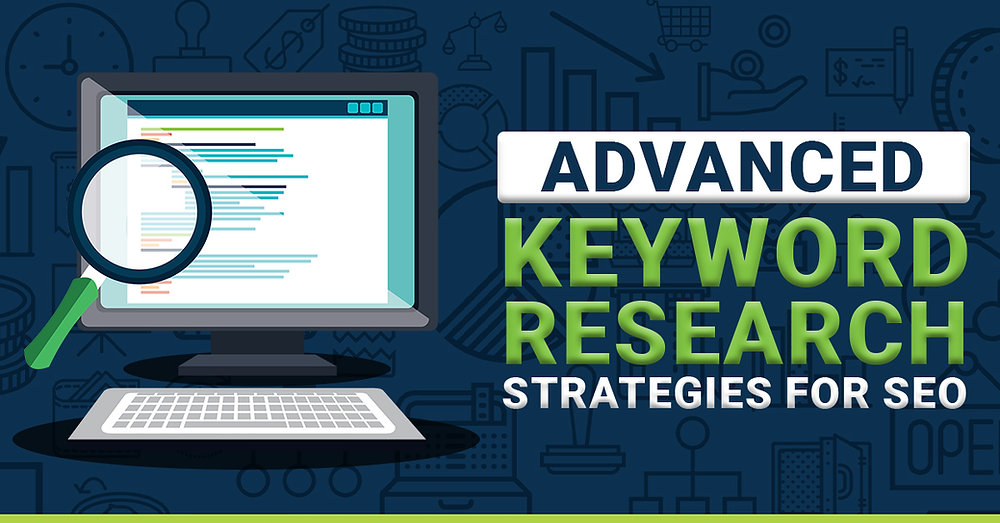1. Inbound Marketing
Inbound marketing is technically content marketing in combination with SEO: we publish valuable, relevant contents to ‘pull’ prospects and customers, instead of ‘pushing’ advertising and promotions. There are many reasons why inbound marketing is very popular among marketers, including the IT industry. Most importantly, inbound marketing targets the customer’s behavior that looks for solution and information via Google search. The main principle of inbound marketing is to offer valuable, relevant contents that can answer the audience’s needs and questions. The more viable your solution is, the more you will be perceived as an expert in your niche. People are more likely to buy from someone they perceived as trustworthy, and so inbound marketing can also increase conversion. Depending on whether you are a B2B or B2C IT business, there can be different approaches to inbound marketing. Generally, B2C contents should be more entertaining, brief and shareable while B2B contents should focus on providing information and solutions. In short, B2B contents are more about logic, while B2C contents are more about emotion. What You Will Need To Consider:- Inbound marketing has three main benefits: generating more traffic (lead generation), increasing your brand authority, and you will have a more indexed page (SEO benefits)
- Regularly publishing valuable, relevant contents is arguably the most effective way to build credibility
- Inbound marketing is about organic traffic and might need some time before you see significant results. Expect at least six to twelve months before you see significant traffic increase
- You can recycle your contents for other platforms: email marketing campaign, social media (LinkedIn), etc.
- Regularly publishing high-quality contents will require investments in both time and resources, but will be worth it in the long run
2. Email Marketing
Even in 2018, email marketing is still a very effective marketing tactic with a relatively low cost and high ROI. Arguably, it is even more important today in this saturated market: people might choose to ignore advertising or even their social media feed, but they are less likely to neglect opening an email. Here are some ideas on how to utilize email marketing for an IT company:- Educating your audience about your products and/or services without hard-selling
- Invite your audience to attend offline events and/or webinars
- Encourage interactions and engagements
- Inviting them to view another content based on what they have viewed before
- Email marketing has a very high ROI. According to Campaign Monitor, you get $44 out of every dollar (4400%)
- Integrate landing pages and CTAs with your emails
- The hardest part of email marketing is building your email database. Think of strategies to capture email addresses.
- Be creative with your contents, people get a lot of emails in a single way, and you will need to stand out
3. LinkedIn Marketing
LinkedIn as a social media holds a special place in the IT business environment for several reasons:- A lot of IT professionals, the main target of B2B It companies, are active on LinkedIn
- Many of those IT employees are relying on recommendations from their LinkedIn network before making a purchase
- For B2B IT products, 50% of the buyers used LinkedIn when they are deciding on a purchase
- You can reuse your blog content and repost it on LinkedIn without getting penalized. You may re-publish a content to LinkedIn after it has been published for at least a month with a minor tweaking
- Participate in discussion groups, answer questions, and provide solutions. The goal is to increase the awareness for your brand, as well as reputation
- Publish portions of valuable contents on LinkedIn, and leave a link to your site.
- Build connections and interactions
- Be helpful, and avoid hard-selling. Develop an authentic voice
4. Retargeting
Retargeting, in essence, is showing advertisements to those who have visited your site and/or have triggered a certain action (i.e., downloaded your ebook). Both Google Adwords and Facebook Ads, arguably the most popular advertising platforms, offer a retargeting feature. Retargeting is especially powerful before it targets the audience who has shown interest in your brand, and so there is a higher chance for conversion. Some Considerations on Retargeting:- It is relatively easy to set up a retargeting campaign both with Google AdWords and Facebook Ads. Check out this guide to help you further with planning a retargeting campaign
- Studies have shown that retargeted visitors are 70% more likely for a conversion
- A retargeting campaign can be quite expensive, so carefully plan your campaign, especially your target audience.
- Retargeting won’t attract new audiences, so you will need other tactics for lead generation


